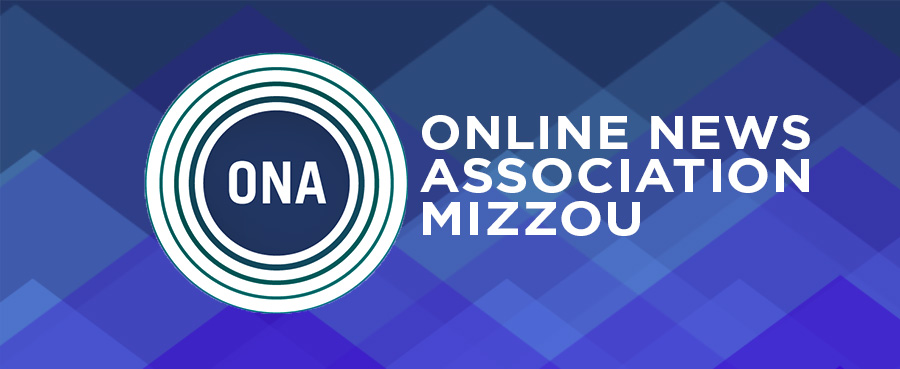5:00: Applications distributed
5:08: Amy introduces ONA Mizzou and explains how the application and election process works.
5:11 Erin Dismier introduces herself to those in attendance.
5:12 Vice-President Dalton Barker introduces himself. Secretary Laura Davison introduces herself.
5:13 Social Media Coordinator Anna Burkart arrives and introduces herself
5:14 Amy Simons introduces the candidates
5:15 Presidential candidate Andrew Gibson gives a short speech detailing his involvement with ONA Mizzou. Gibson joins the meeting via Google Hangout, because he is studying abroad in Brussels, Belgium. Gibson shares his vision to bring in speakers from the New York Times and to revamp the blog. He believes ONA can be a bigger club within the journalism school and have a bigger presence on campus.
5:18 Erin reads Candidate Ryan Schuessler's (currently in Pamplona, Spain) application and Amy Simons reads a short introduction Ryan wrote
5:19 Candidate Bridget Bowden gives a short speech detailing her plan as president. Her main goals work with expanding outreach to freshmen and younger students. She details her involvement on campus: Phi Sigma Pi and Mizzou Rec instructor.
5:20 Amy Simons conducts the election for the office of president.
5:22 Votes are counted and Andrew Gibson is elected president.
5:23 Cole Kennedy gives a speech about his passion for digital journalism.
5:25 Amy Simons counts votes and Cole Kennedy is elected as vice-president.
5:26 Elise Schmelzer gives a speech about her experience working on an online newsletter, being AISEC web developed and being a freshman.
5:27 Hannah Schmidt gives a speech about working with the 3D printing club and Newsy. She hopes to bring these connections to ONA.
5:29 Elise Schmelzer is elected to the office of secretary.
5:31 Bridgit and Hannah both give a short account of their experience with social media.
5:32 Erin Dismier reads the applications from Megan Rentschler, Nicole Shaddy and Katie Yaeger.
5:37 Bridgit Bowden is elected to the position of the Social Media Coordinator
5:40 Amy and Erin thank the masses and they disperse.
Final Results for incoming officers for the 2013-14 academic year:
President: Andrew Gibson
Vice-President: Cole Kennedy
Secretary: Elise Schmelzer
Social Media Coordinator: Bridgit Bowden




































